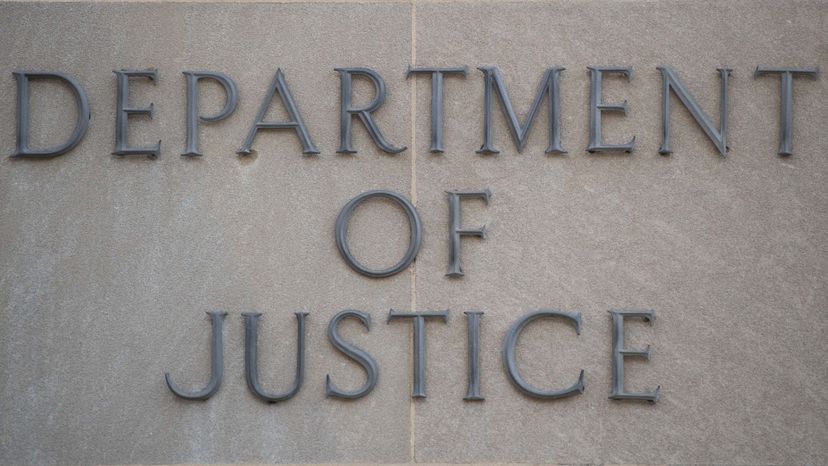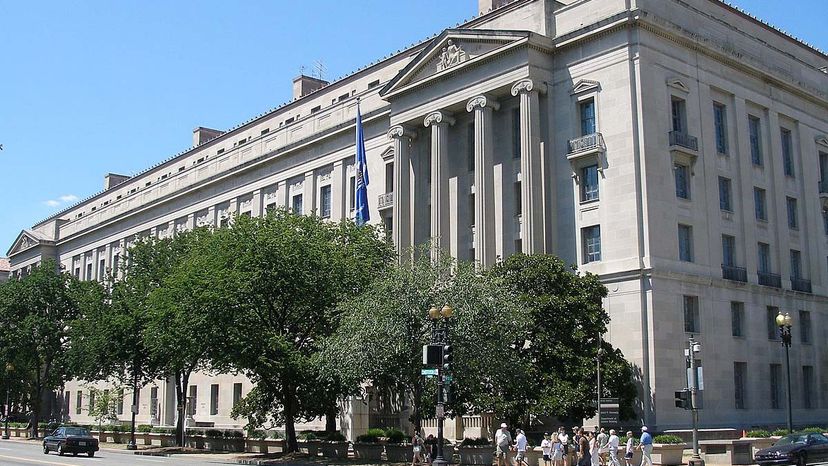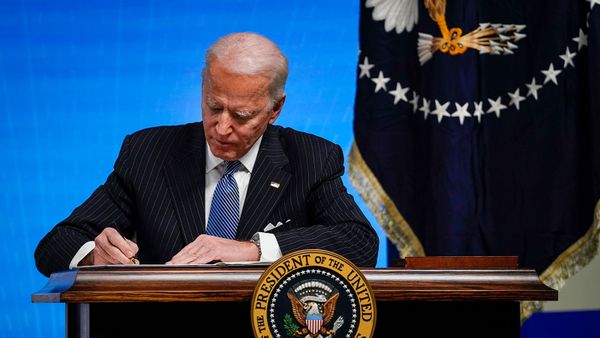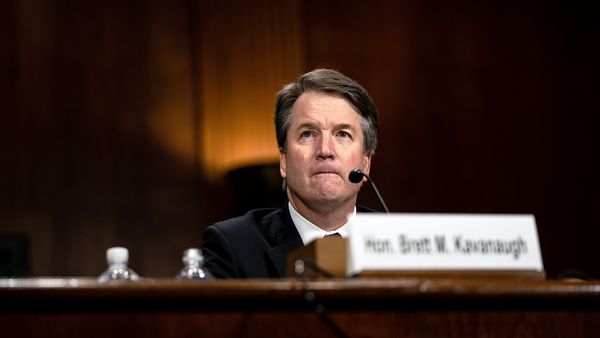
The U.S. Department of Justice (DOJ) calls itself "the world's largest law office." But that doesn't fully convey the scope of a government entity with a$29.2 billion budgetand more than 115,000 employees, and anorganizational chartthat includes more than three dozen different offices, divisions and law enforcement agencies. It handles responsibilities ranging from enforcingcivil rightsand environmental laws to regulating explosives and evaluating Americans' loss and injury claims for damages fromterrorist attacks. It also operates prisons and is involved in counterespionage.
That's especially remarkable, considering when the department started in 1870, it consisted of just a single lawyer — a Kentucky-born Civil War veteran and unsuccessful U.S. Senate candidate namedBenjamin Helm Bristow, who was appointed by President Ulysses S. Grant as the nation's first Solicitor General. (He later served as Grant's Secretary of the Treasury.)
Advertisement
"What happened was that the Department of Justice expanded over the decades as the scope of federal law and federal regulation expanded," explainsJack M. Beermann. He's a Boston University law professor and an expert on civil rights litigation and administrative law. "It pretty much paralleled that expansion."
今天,“大多数联邦机构不能去法院without the permission and participation of DOJ," Beermann says. Those agencies depend upon the nation's law firm to enforce their regulations and to defend them against legal challenges.
Advertisement





